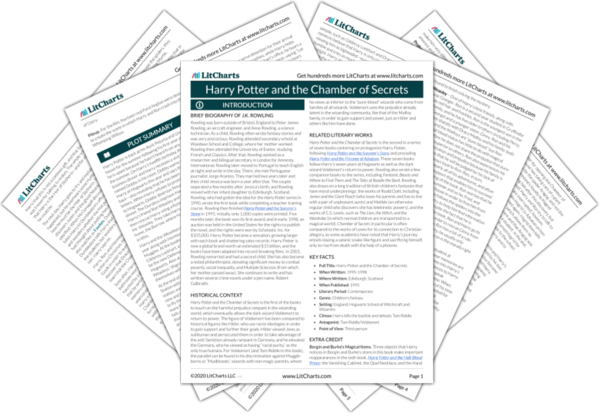Rowling was born outside of Bristol, England to Peter James Rowling, an aircraft engineer, and Anne Rowling, a science technician. As a child, Rowling often wrote fantasy stories and was very precocious. Rowling attended secondary school at Wyedean School and College, where her mother worked. Rowling then attended the University of Exeter, studying French and Classics. After that, Rowling worked as a researcher and bilingual secretary in London for Amnesty International. Rowling later moved to Portugal to teach English at night and write in the day. There, she met Portuguese journalist Jorge Arantes. They married two years later and their child Jessica was born a year after that. The couple separated a few months after Jessica’s birth, and Rowling moved with her infant daughter to Edinburgh, Scotland. Rowling, who had gotten the idea for the
Harry Potter series in 1990, wrote the first book while completing a teacher training course. Rowling then finished
Harry Potter and the Sorcerer’s Stone in 1995. Initially, only 1,000 copies were printed. Five months later, the book won its first award, and in early 1998, an auction was held in the United States for the rights to publish the novel, and the rights were won by Scholastic Inc. for $105,000. Harry Potter became a sensation, growing larger with each book and shattering sales records. Harry Potter is now a global brand worth an estimated $15 billion, and the books have been adapted into record-breaking films. In 2001, Rowling remarried and had a second child. She has also become a noted philanthropist, donating significant money to combat poverty, social inequality, and Multiple Sclerosis (from which her mother passed away). She continues to write and has written several crime novels under a pen name, Robert Galbraith.
